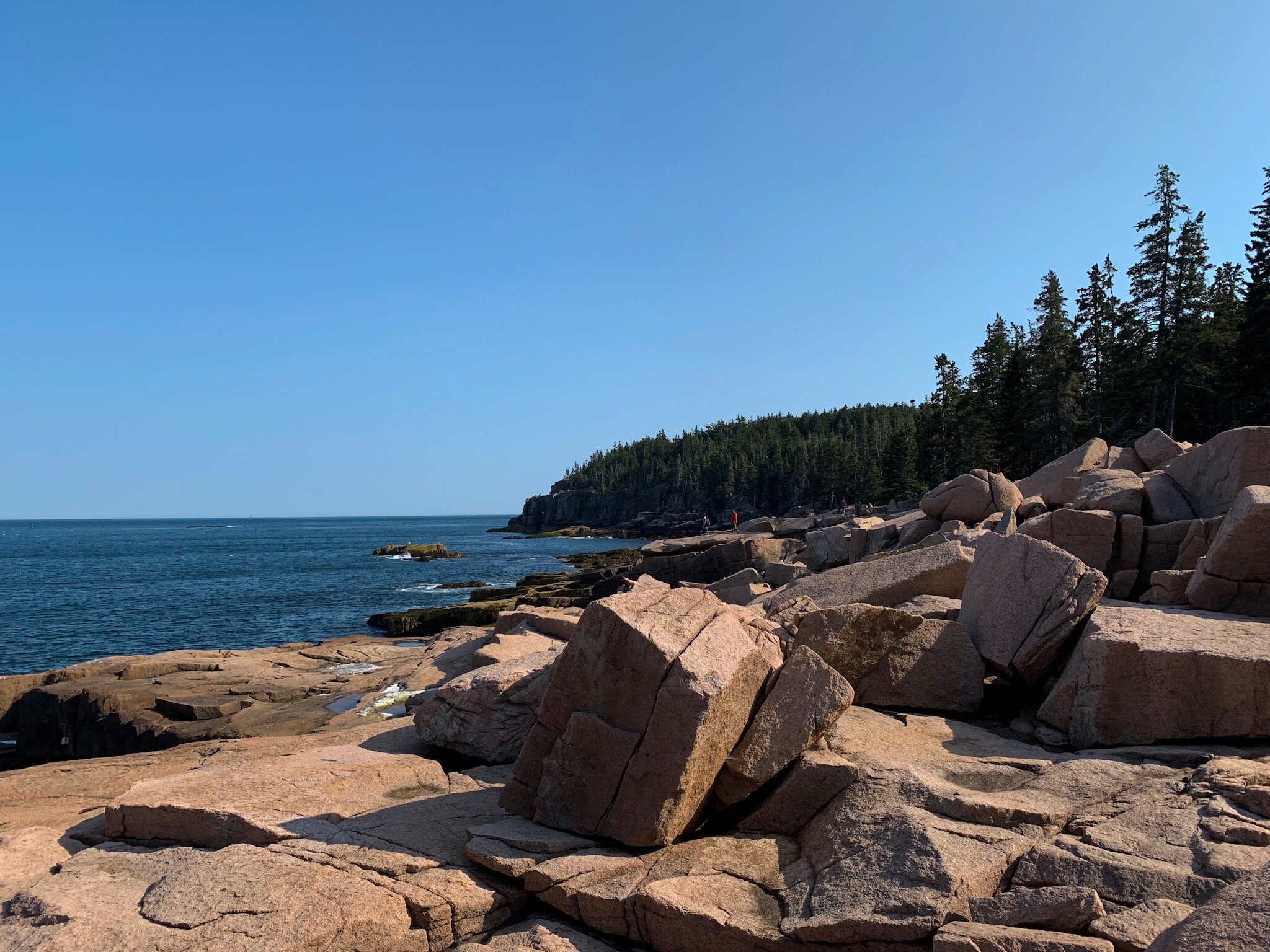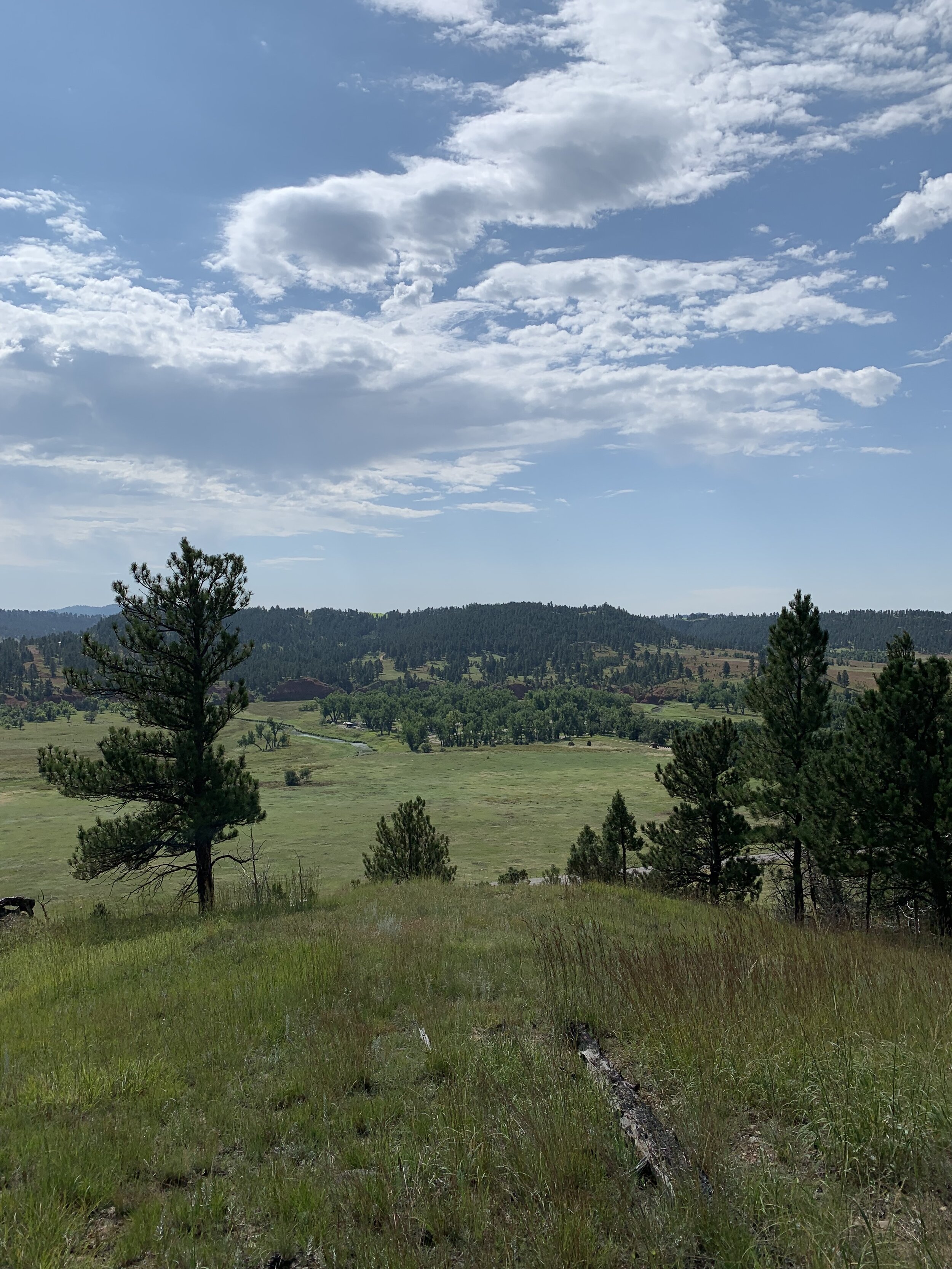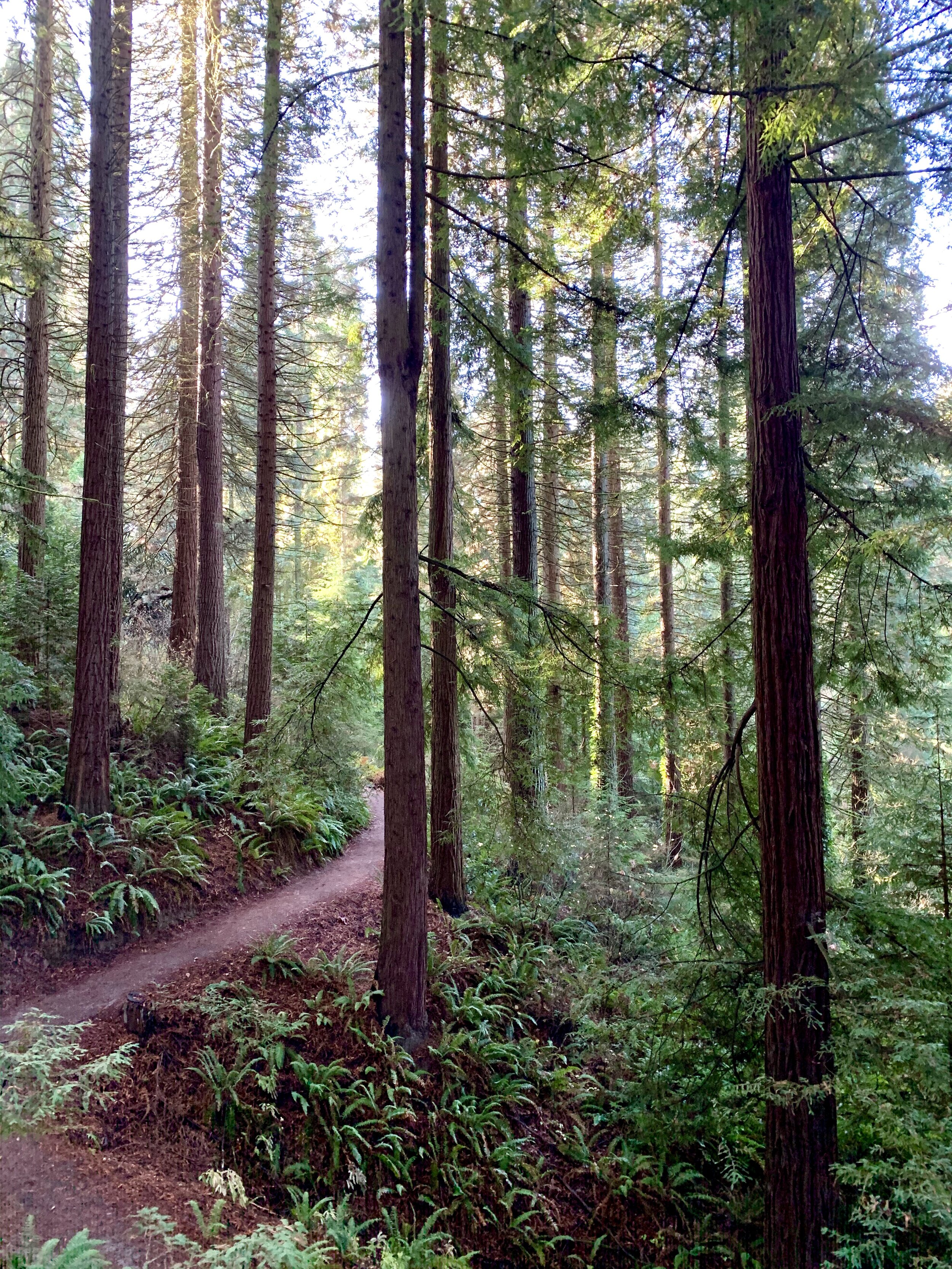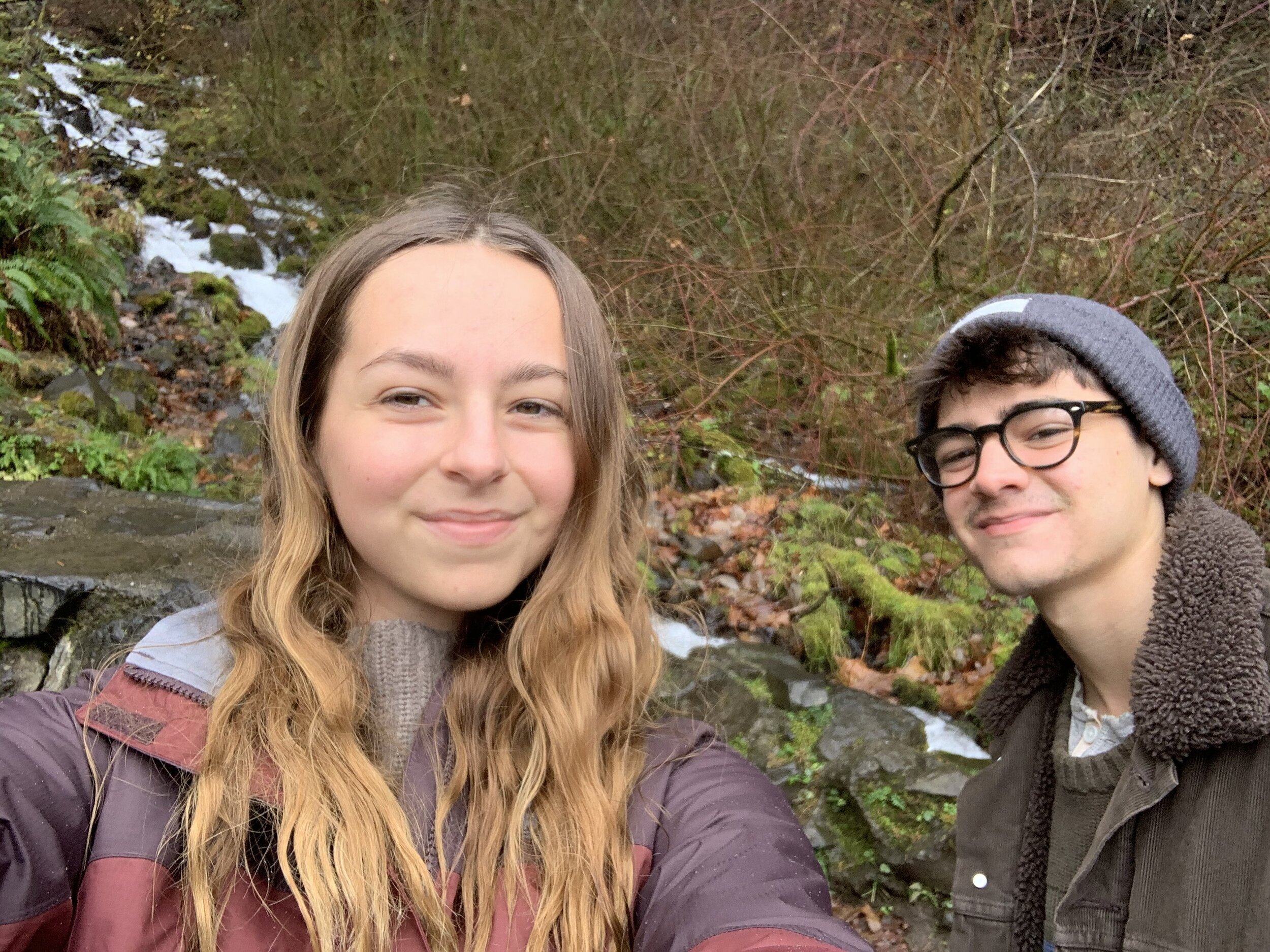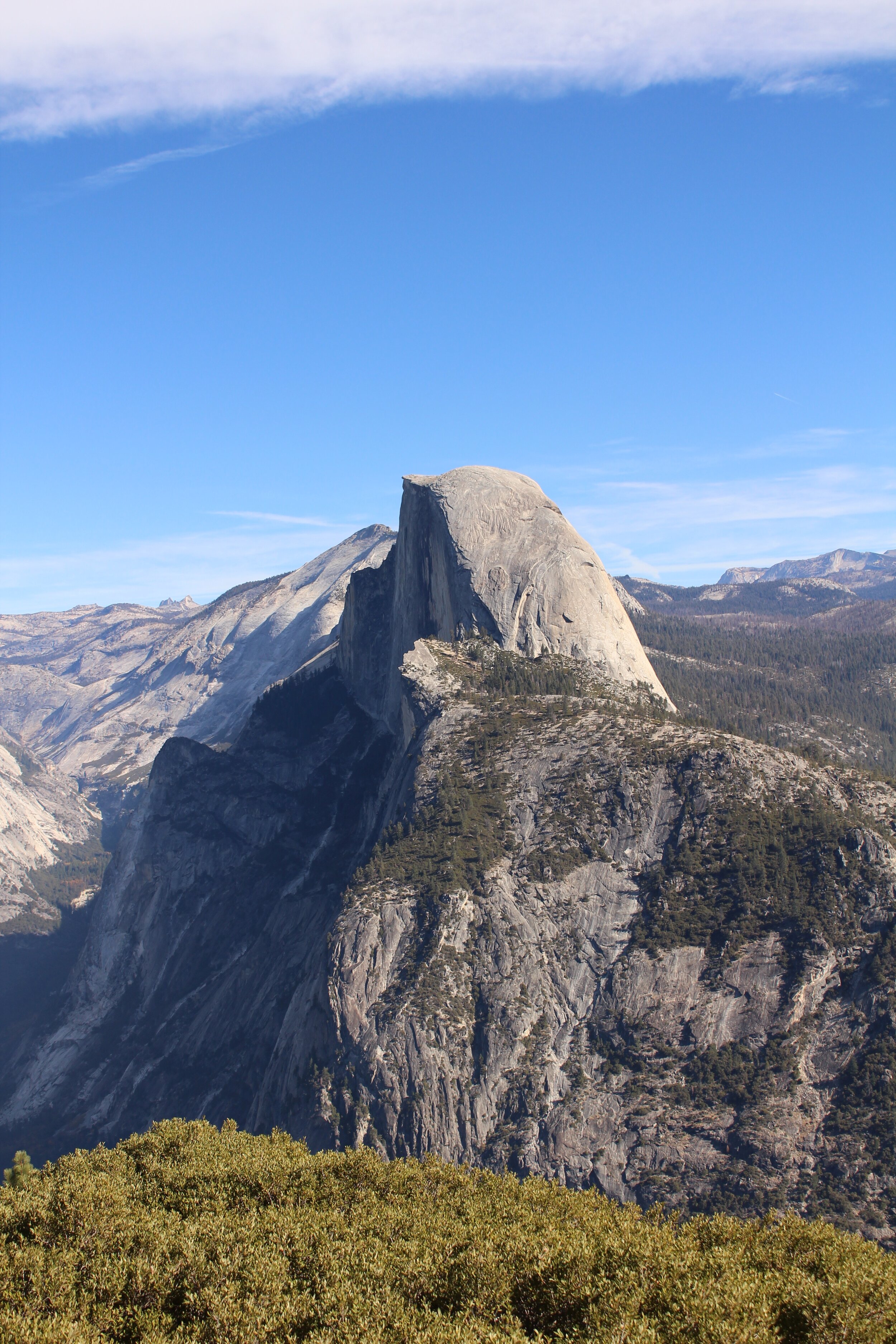It’s that time of year again, and I’ve always been a sucker for New Year’s Resolutions. There’s something about the end of the year, the closing of a new chapter, even though of course, it’s just an arbitrary line time that doesn’t actually mean anything at all. But that doesn’t stop us from making a list of goals for the new year, every year.
2020 is going to be a huge travel year for me, and not just because I’ll be officially starting my full time vanlife journey.
I start my year in Thailand, and almost immediately fly to my first new country of 2020: Laos, all part of a huge volunteer excursion. Now, I think travel is the perfect way to start my year, as a jump start toward all of the other travel goals I have for the year. I’m a person of lists and goals because once I make a goal for myself, I have to figure out a way to make it happen.
These are all of the travel goals I have for 2020 (so far).
One of my favorite California National Parks, Yosemite. Here’s to crossing off those last 3!
1: Finish crossing off the rest of the California National Parks
California is my home state, and it’s also the state in the country that has the most national parks. It has nine, and I’ve been to 6 so far. The three I have left have felt a little inaccessible to me for a few reasons, but I think with the van it’ll definitely be possible to finally make the trips.
The ones I have left are Channel Islands, Death Valley, and Lassen Volcanic.
Now, with Lassen Volcanic, I have no excuses. I chose to skip this one on my summer road trip because I was homesick and being back in California made me want to head south, not east. I will 100% find my way here in 2020.
Death Valley is a little intimidating to me because it’s the largest national park in the continental 48. This means I’ll definitely have to carry extra gas, oil, and other fluids my old van might need, as well as jumper cables. Death Valley seems like a magical desert to me, and I’m super drawn to the salt flats, so I think I have to finally make my way there, especially because it’s only 3 hours from my home city. It would take a lot of stress off if I could caravan with someone so that if one vehicle has issues, the other can make the drive to get help.
Channel Islands is a tricky one because you can’t drive there. I’m a plan-as-I-go type of traveler, and you have to reserve ferry tickets ahead of time. The ferries also aren’t run by the NPS, so my annual pass won’t really help me out when it comes to admission here. But I also have no excuse because the harbor is less than an hour from my home base.
More California beauty! Can’t wait to get back to NorCal to explore Lassen…
2: Visit three places that are completely new to me
This one goes a bit bigger than the national parks, for this little category, I’d like to cross off three big places that are new to me, meaning countries or states. Now, I only have one more state to cross off, and that’s Alaska. I’m desperately trying to figure out a way to make it up there in my van, but it honestly scares me to the point where I know I definitely want a travel or caravan buddy for this one.
Other places that are in the works for 2020 are Laos (100% happening, I will be flying there from Thailand in early January), and potentially Canada and Israel.
3: Cross off five national parks that are not in California
I’ve visited 33 US national parks so far, but surprisingly, this is only a little more than half of the ones out there. I’d love to visit at least five new national parks in states other than my own. I’m thinking the Southwest seems promising (think, Saguaro, Petrified Forest, Zion, Canyonlands, Capitol Reef, Arches…), but this could definitely fit in with goal #2 if I make it to Alaska, since I will be visiting the three you can drive to up there, if I make it (Denali, Kenai Fjords, and Wrangell St. Elias).
Me, last time I was in Utah. The Southwest is definitely calling my name…
4: Pick a destination completely at random
Since I travel full time, I thought it might be cool to figure out a new way to pick a place rather than planning. I’m such a planner when it comes to the destinations I want to visit along a big trip, so I’d love to see what magic could come my way from selecting a spot at random to explore. I want to bring more spontaneity into my larger trips but because I love the planning stage so much, there’s usually little room for this. I think this might be a cool way to attract it into my life and travels.
5: Experience something completely out of my comfort zone
I’m not quite sure what this means yet, because as with anyone, it takes a bit of soul-searching to figure out what exactly that comfort zone is. This could 100% fall into the category of one of these other travel goals, or it could be something as huge like taking that leap and going to Alaska or something super small trying a strange and new food I’ve never heard of (vegan, of course).
It’s all about seeing where the journey takes me.
Special bonus goal number 6: Travel full time and have Halle’s Wandering Soul fuel my adventures
This one is entirely based on you guys. I do work online, and this is one of my many hustles, but I’d absolutely love for it to be a little more than just a hustle. I plan on putting out some insane content this year, on here, on Youtube, on Instagram, on all of my platforms. But this all depends on you guys, so share my posts, click through, watch the Youtube videos, tell your friends about this crazy solo female vanlife journey I’m on, and get people excited about changing their lives through travel. My goal is to inspire you, and making that difference in more people’s lives is a huge goal of mine.
(If you’re also interested in learning to make money online and change your life in 2020, click HERE!)
Acadia National Park was a place that pushed the boundaries of my comfort zone. It was where I first let vanlife into my life and started camping for free at night, and the place I first tried bouldering.
This upcoming year, I think we’ve all got a lot to look forward to. And the thing is, it’s all about manifesting them into existence rather than just waiting for them to happen on their own. If you want something, or want to visit somewhere, or want to actually get traveling, tell yourself it’s going to happen, and then make it happen!
I’d love to hear your 2020 travel goals. Leave them in the post comments, or, if you share this post, add your goals to your share and tag me @halleswanderingsoul (on Instagram and Facebook, and @hallewanders on Twitter, in an actual post, not your story because I’m currently out of the country and won’t see your post for a little bit!).
To help inspire your 2020, head over to the shop to find some pre-made trip itineraries just ready to inspire you! Use them to plan your next little trip, or your first huge trip! Go with a partner, go with a pet, or go solo. It doesn’t matter, as long as you go where your heart is leading you. Happy New Year, everyone, safe travels.
-HWS








